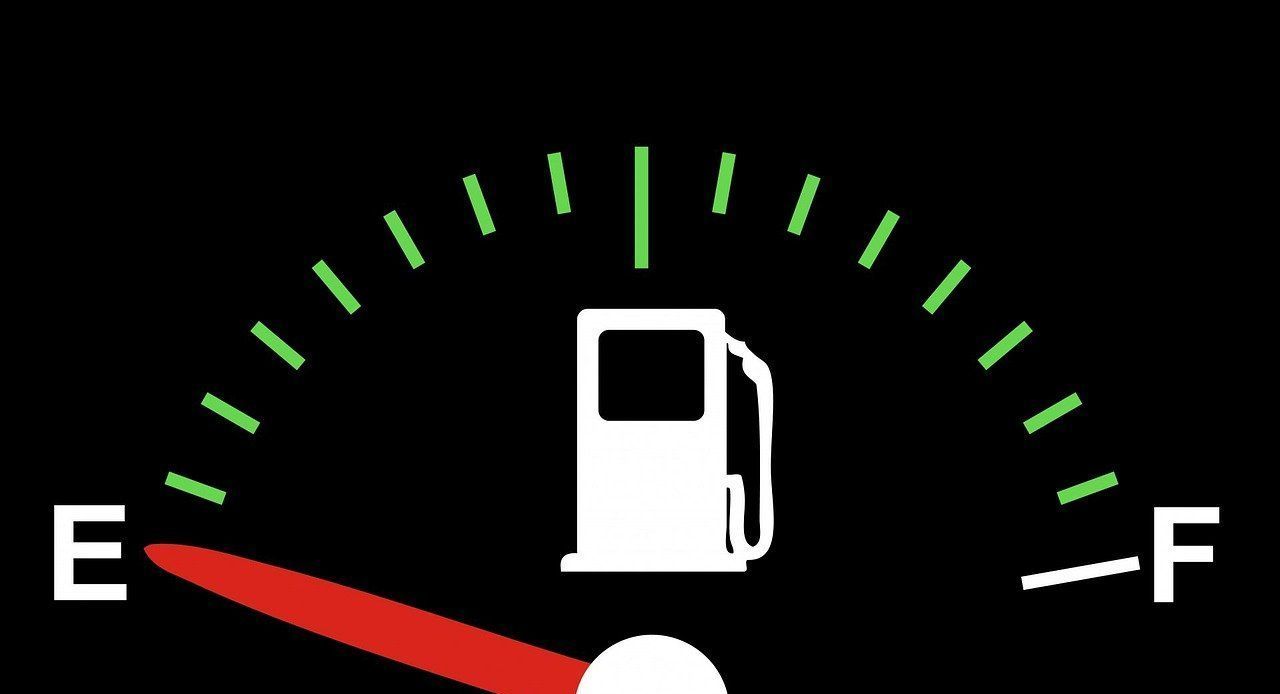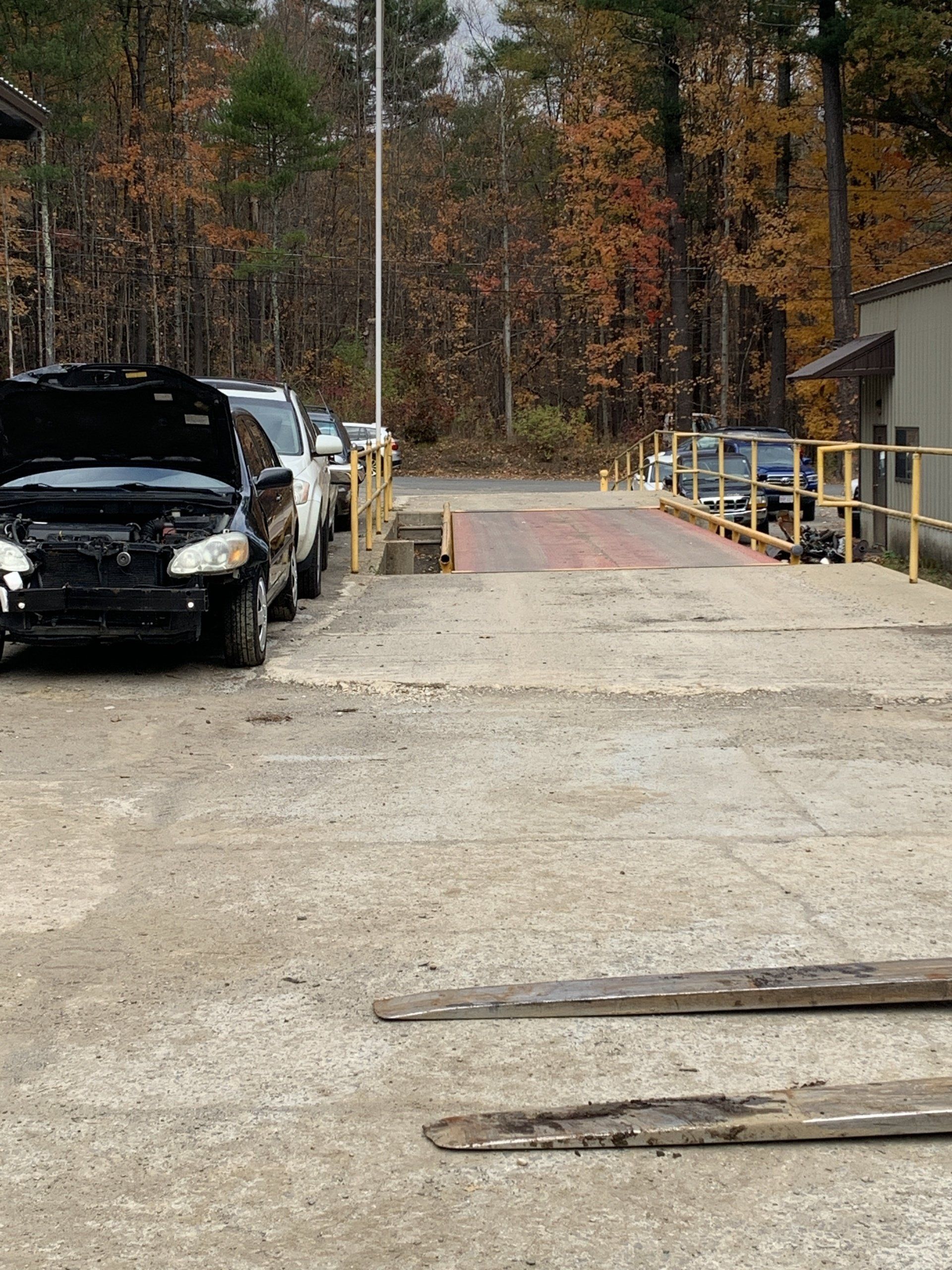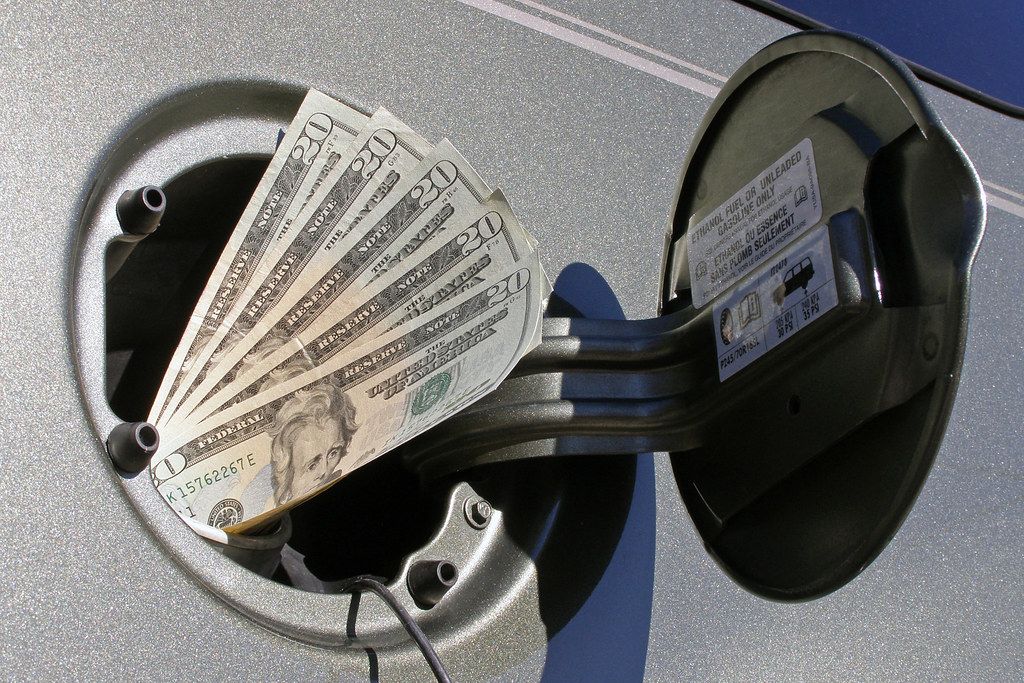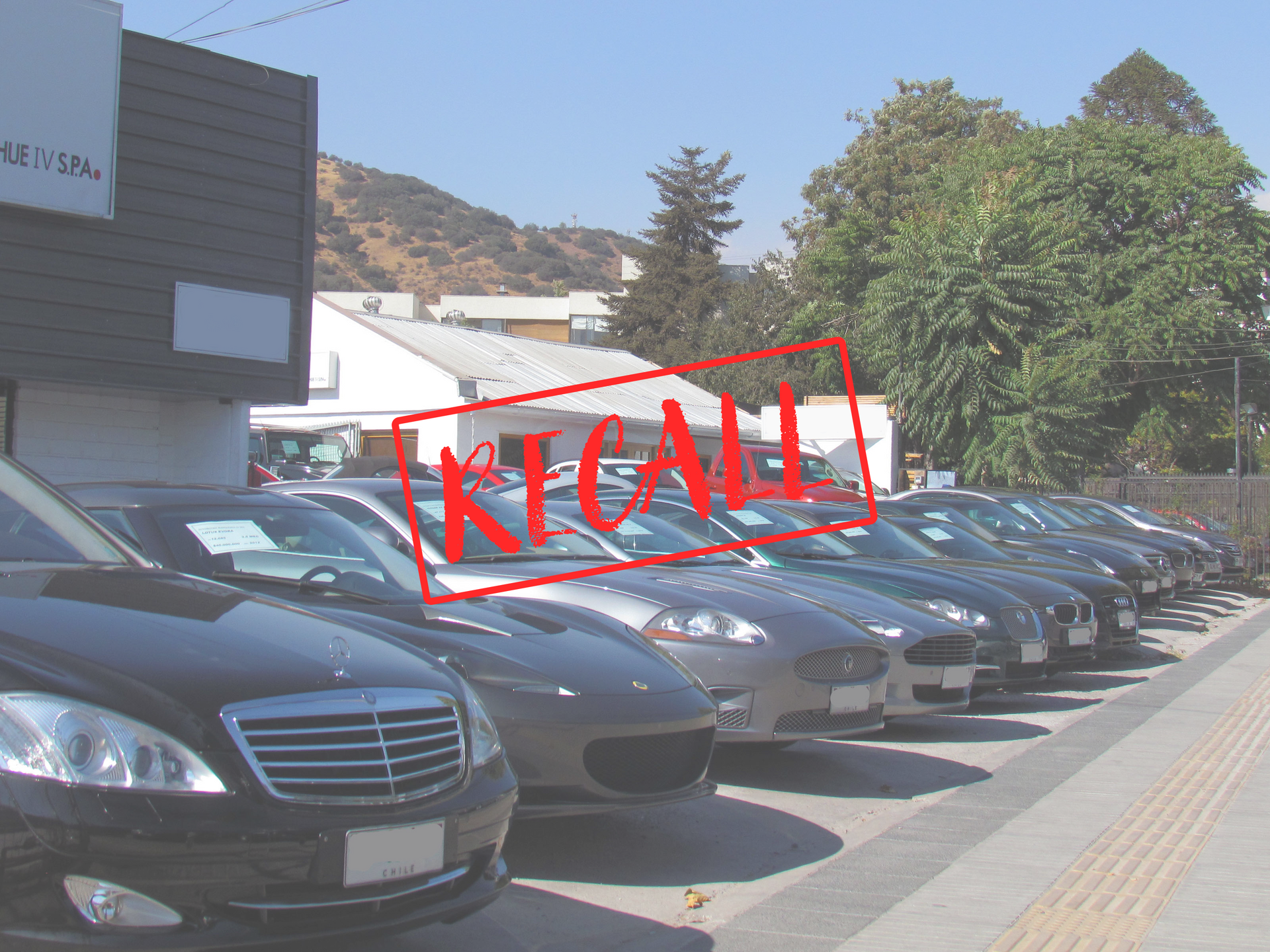After Life of Shredded Car
salvagerhw • May 13, 2015
This interesting article was found at www.rpowersource.com
“The Value of Auto Shredder Residue” explains that the life of an automobile does not have to end at the crusher.
The Value in Auto Shredder Residue
In North America every year, almost 12 million
automobiles reach the end of their useful lives. As
new cars continue to be manufactured and sold, the
disposal of old vehicles represents a growing issue and
environmental threat. Fortunately, 75 percent of an
end-of-life vehicle (ELV) can be recycled.
Automobiles consist of primarily ferrous metals, such
as steel and iron as well as non-ferrous metals like
aluminum and zinc. Automobile recyclers have long
been able to recover up to 85 percent of a vehicle’s total
materials just by collecting the residual ferrous and non-ferrous metals
that are left behind after shredding. The remaining materials—a mixture
of plastics, wood, fabric and glass—are known as automotive shredder
residue (ASR) or auto fluff.
ASR usually consists of a Mixture of plastics, rubber; glass, wood
products, cloth, paper, foam, dirt and electric wiring, as well as, a variety
of ferrous and non-ferrous metals. The U.S. generates around five million
tons of ASR every year. While most ASR is currently disposed of in landfills,
up to 60 percent of auto shredder residue can actually be recovered as
reusable materials.
An ASR separation system can be a continuous dry process that
separates ASR into a mixture of polymers, wood, glass, metals, sand, rocks
and dirt. Once the oversized material is removed, the residue may go
through a shredder to further reduce its size. The ASR is then separated
with the use of a trommel screen before a magnetic separator recovers
the ferrous metals and an eddy current separator and other separators
recover the non-ferrous metals. The end product contains more than 90
percent of the recycled polymers that were present in the original ASR.
In 2013, the EPA announced a new interpretation of their regulations
on ASR that allows plastics to be recovered during the recycling process,
provided that the materials do not contain levels of PCBs exceeding 50
parts per million. This new interpretation has the potential to reduce the
amount of ASR that is consigned to landfills every year by more than one
million tons and may improve the material recovery rate for ELVs to more
than 90 percent.
Worldwide Recycling Equipment Sales, LLC in Moberly, Missouri,
can supply a full range of equipment to dry, sort and move automotive
shredder residue. Our new and used dryers are designed specifically to
dry ASR, making the material easy to transport, separate and handle. We
can size and build a dryer to best suit your specific project needs. In the
past, we have designed plants for industry clients that process 40 and 80
tons per hour.
Our Vulcan® Dryer Systems consist of a correctly sized drum and a
burner mounted to a combustion chamber. After passing through the
dryer, the dried material is discharged to a transfer conveyor for further
sorting and separation. The vapor from the process is pulled through a
cyclone that is specifically designed to deal with the fine ASR dust, as
well as a high-temperature baghouse which removes all fine particulates
from the vapor stream. All ductwork, cyclone and other high-wear areas
in the system have abrasive resistant plates to reduce lifetime wear and
maintenance costs.
Recycling the polymers and residual metals in ASR would save the
equivalent of 24 million barrels of oil each year and would reduce carbon
dioxide emissions by 12 million tons. As recyclers around the world strive
to recycle as much of old vehicles as possible, the value of auto shredder
residue is only increasing and growing more apparent.
For more information on ASR drying systems, contact Worldwide
Recycling Equipment Sales, LLC at (660) 263-7575 or wwrequip@
wwrequip.com. View our complete inventory online at www.wwrequip.com .
Savannah Cooper
Writer/Copy/Social Media Specialist, Worldwide Recycling Equipment Sales, LLC
Photo created from combination Pintrest post and R.H. Willson

One of this country's most celebrated Thanksgiving traditions is the Macy’s Day Parade! I am sure you are excited about the floats, the entertainers, and the celebrities, but what about all the trucks that these floats are towed with and the numbers behind them? Here are just four fun facts from the Macy’s Day Parade.

Just like us, our vehicles operate a little differently based on the season and temperatures outside. Here in New England, we get all kinds of weather but what does that mean for your car and getting the best gas mileage by the season. Here are some tips and tricks to get the most out of your fuel economy, all year long!

Is it time for a new vehicle? Are you looking for a great way to make some money before you purchase a new or used vehicle? Did you just put on new tires or new parts into your vehicle? A salvage yard is a great option! A salvage yard might give you more money for your vehicle or parts than from a private sale or as a trade-in at a dealership. Once you have decided to bring your vehicle to a salvage yard, now what? How do you prepare yourself before you arrive and what happens when you get to the salvage yard? Let’s go through the steps to get you the cash you want from your used vehicle! Step One: Make sure you have the title to your vehicle. In order to sell your car to anyone, you need the title to your vehicle and a salvage yard is no exception. If you cannot find or have lost your title, you can request a new one from the RMV. The requirements to obtain a copy are dependent based on which state you live in.

The national average through 2023 is $3.58 per gallon of gas with it fluctuating each and every month. The good news is that we have seen gas prices go down over the last 12 months but it is still high enough to affect where people go on vacations, holidays, and even just weekend activities. If you are looking to save some cash with the holidays just around the corner. Here are six tips to help you get the most out of that pricey gallon of gas!

The trend towards smaller cars has been in the works for awhile but this year was the first year that critics and consumers agree - smaller is actually better. Gas pricing are soaring, parking is expensive, the economy is still recovering and where consumers can save some money are on smaller cars. Smaller cars mean less gas, mostly likely a lower MSRP, which in turns would mean cheaper upfront costs or even monthly car payments. Let’s discuss 5 reasons for this trend.

Did you get a letter in the mail from the manufacturer, car dealership or even check online to find out that your vehicle has a recall? What should you do, how urgent is the recall, what steps do you need to take to ensure your vehicle is at its’ optimal preference level? First, let’s put it into perspective. While a recall is not something you should ignore; there are over 400 recalls a year that affect more than 25 million vehicles in the U.S. alone. In addition, the average vehicle will have 4 recalls in its lifespan and recalls never expire. Now that we have some perspective. What is the first thing you need to do once you become aware of your vehicle’s recall status? If you purchase your vehicle new or used from a dealership, contact them directly and they will advise you. If you purchased your vehicle through a private seller, contact the vehicle manufacturer and they are required by law to either repair the issue, replace the recalled item or refund the purchase price of the vehicle, minus depreciation.

It might not always feel like summer in New England but it’s right around the corner. As summer arrives, road trips may be in your future. Road trips can be fun and adventurous but having any car issues could certainly put a damper on your road trip. Let’s discuss how to get your vehicle “road-trip ready” so you can focus on the fun and adventure and not any mishaps with your vehicle!





